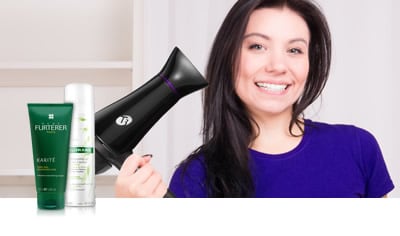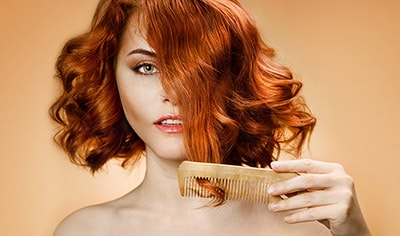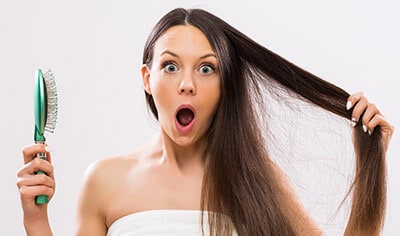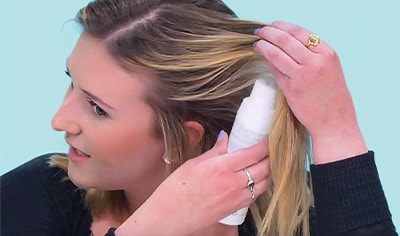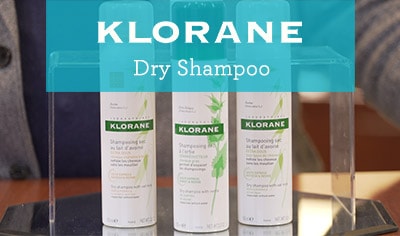
It’s natural to lose a few hairs every once in a while, but a growing bald spot or widening part may be a sign of excessive hair thinning. According to the American Academy of Dermatology, hereditary hair loss affects about 80 million people in the United States. August is National Hair Loss Awareness Month, which makes it a great time to learn more about this treatable condition.
Hair Loss By the Numbers
- Hair thinning can begin as early as the teens for men and the 20s for women.
- By age 40, nearly 40% of women have visible signs of hair loss.
- By age 35, about 40% of men experience hair shedding.
- By age 60, 65% of men have noticeably thinner hair.
Causes of Hair Loss
The most common cause of hair loss is genetics. If one or both of your parents have experienced this condition, there is a good chance that you will, too. Depending on the pattern of thinning hair, your dermatologist will be able to determine whether the condition is hereditary or if it is caused by another factor.
A diet lacking essential vitamins, nutrients, minerals or protein may cause noticeable hair shedding. Sudden changes in weight or crash dieting can also cause hair to thin. Hair loss associated with a poor diet is typically temporary, but it can take time for hair to return to its original volume.
Women often experience significant changes in hair volume after giving birth. During pregnancy, hair becomes fuller and lusher thanks to a surge of estrogen that slows hair’s growth cycle, meaning that it doesn’t shed at its normal rate. After childbirth, estrogen levels return to normal and hair tends to fall out about three months later. As estrogen levels regulate, hair will return to its normal growth cycle.
Losing hair is often a sign of certain infections to the scalp such as ringworm, folliculitis, eczema or staff. Additional symptoms such as itching, flaking skin or irritation are associated with such infections. If you experience excessive hair shedding in conjunction with any of these symptoms, it is best to see your dermatologist for the best course of treatment.
Products to Reduce Hair Loss
Hair loss is treatable, and there are several options to help promote hair growth. The HairMax LaserComb is the only home-use laser photo therapy device approved by the FDA. The laser light energy stimulates hair follicles to reverse the thinning process, increase hair density and revitalize damaged hair. When used for 15 minutes three times a week, most users start seeing improvement in as little as 16 weeks.
PHYTO Phytolium 4 Thinning Hair Treatment is another effective option for battling thinning hair. Clinical studies have produced impressive results: after 16 weeks, 79% of users experienced a reduction in hair loss and 39% of users saw an increase in growth. This natural, paraben-free treatment is specially formulated with capucellpro to prolong the life of existing hair. A blend of essential oils and extracts helps to delay thinning and promote healthier hair blubs, as well.
To strengthen and nourish hair, Klorane Shampoo with Quinine and B Vitamins is ideal. This hypoallergenic and silicone-free shampoo contains quinine, a natural invigorating ingredient, to improve follicle growth. Vitamin B cleanses, detangles and volumizes hair while activating the scalp’s microcirculation to encourage stronger hair.
Do you have questions about hair loss? Ask us in the comments section.
Follow us on social
Follow us on social networks and be one of the first to learn about sales, giveaways, and free samples

